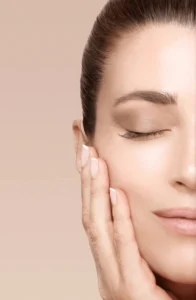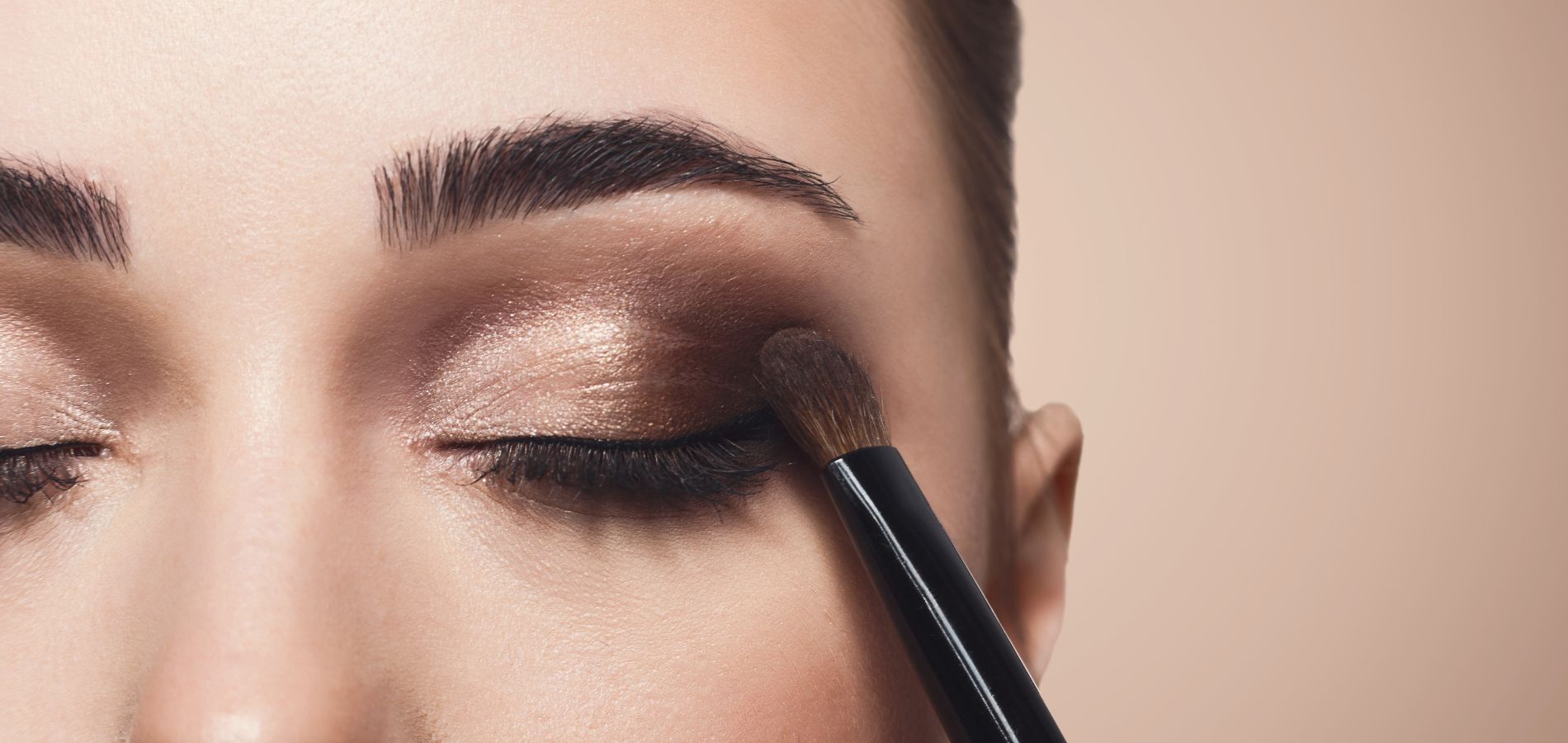Eyeshadows are a defining element of makeup artistry. They have the power to transform the entire face and create stunning looks that can range from subtle and natural to bold and dramatic. Whether you’re an experienced makeup artist or just starting to explore the world of cosmetics, understanding the different types of eyeshadows, techniques for application, and the science behind their formula can help elevate your beauty game to new heights. In this article, we’ll delve deep into the history, types, application techniques, and tips for creating show-stopping eye looks using eyeshadows.
A Brief History of Eyeshadow
The use of eyeshadow dates back thousands of years. In ancient Egypt, both men and women would apply a variety of colorful powders around their eyes for aesthetic and symbolic reasons. They used natural minerals like malachite and kohl to create dark, dramatic eye looks that were believed to ward off the “evil eye” and protect from the sun’s glare. As civilizations evolved, so did the art of eye makeup.
In the 18th century, eyeshadows in the Western world became more refined with the use of powders, pastes, and creams made from natural ingredients. The modern-day eyeshadow, however, as we know it, came into prominence in the 20th century with the development of synthetic pigments and new formulations. The creation of vibrant, long-lasting shades opened up new possibilities for makeup artists and enthusiasts alike.
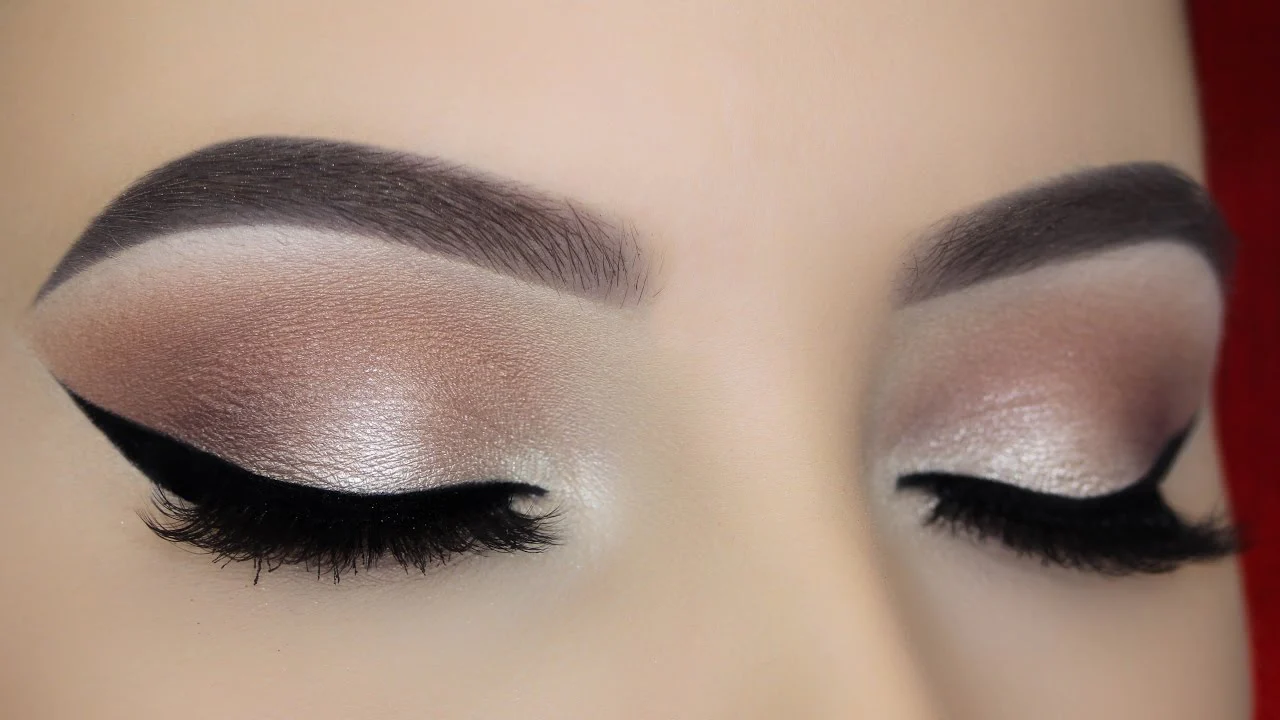
The Different Types of Eyeshadows
Eyeshadows come in a variety of formulas, each offering different finishes and textures. Understanding the distinctions between them allows you to choose the right type for your desired look.
1. Powder Eyeshadow
Powder eyeshadow is the most traditional and widely-used form of eyeshadow. It is typically sold in pressed or loose forms. Pressed powder eyeshadows are compacted into a pan, making them portable and easy to apply. Loose powders, on the other hand, require a little more effort but can offer a more pigmented, customizable application.
Pros:
- Versatile and easy to blend.
- Available in a wide variety of shades and finishes.
- Can be applied wet for a more intense color payoff.
Cons:
- Can create fallout, making it more difficult to use without some preparation.
2. Cream Eyeshadow
Cream eyeshadows are thicker in texture and come in tubes, pots, or sticks. They are known for their smooth, blendable consistency and are often preferred by people who want a more dewy, shiny finish.
Pros:
- Hydrating and comfortable on the eyelids.
- Long-lasting and less prone to creasing.
- Often more pigmented than powder eyeshadows.
Cons:
- May be more difficult to blend if not applied quickly.
- Can sometimes settle into fine lines if not set properly.
3. Gel Eyeshadow
Gel eyeshadows are similar to cream eyeshadows but with a firmer, more gel-like texture. They are often found in pots and are known for their smooth, opaque finish.
Pros:
- Offers a sleek, glossy finish.
- Long-lasting and resistant to smudging.
- Ideal for dramatic, bold looks.
Cons:
- Can be more difficult to apply evenly.
- Not ideal for people with oily eyelids without a primer.

4. Liquid Eyeshadow
Liquid eyeshadows are the latest trend in the world of eyeshadows. These offer a lightweight, buildable formula that often dries down to a matte or metallic finish.
Pros:
- Often comes with a built-in applicator for easy application.
- Dries quickly and sets without smudging.
- Can provide a high-shine or glittery effect.
Cons:
- Some formulas may feel sticky on the eyelid.
- Limited blendability, as they dry quickly.
5. Loose Pigment Eyeshadow
Loose pigment eyeshadows come in finely milled powders that are highly concentrated. They offer intense pigmentation and are perfect for creating bold, dramatic eye looks.
Pros:
- High pigmentation and versatility.
- Can be mixed with other colors for custom shades.
- Ideal for professional makeup artists or those who love bold eye looks.
Cons:
- Can be messy if not handled properly.
- Requires careful application to avoid fallout.
6. Pencil Eyeshadow
Pencil eyeshadows are a more convenient option for those who prefer a quick and easy application. They come in stick form and are typically retractable or sharpenable.
Pros:
- Great for precision and creating defined lines.
- Travel-friendly and portable.
- Easy to apply and requires minimal tools.
Cons:
- Limited range of finishes and shades compared to powder or cream eyeshadows.
- May not offer the same intensity as other types of eyeshadows.
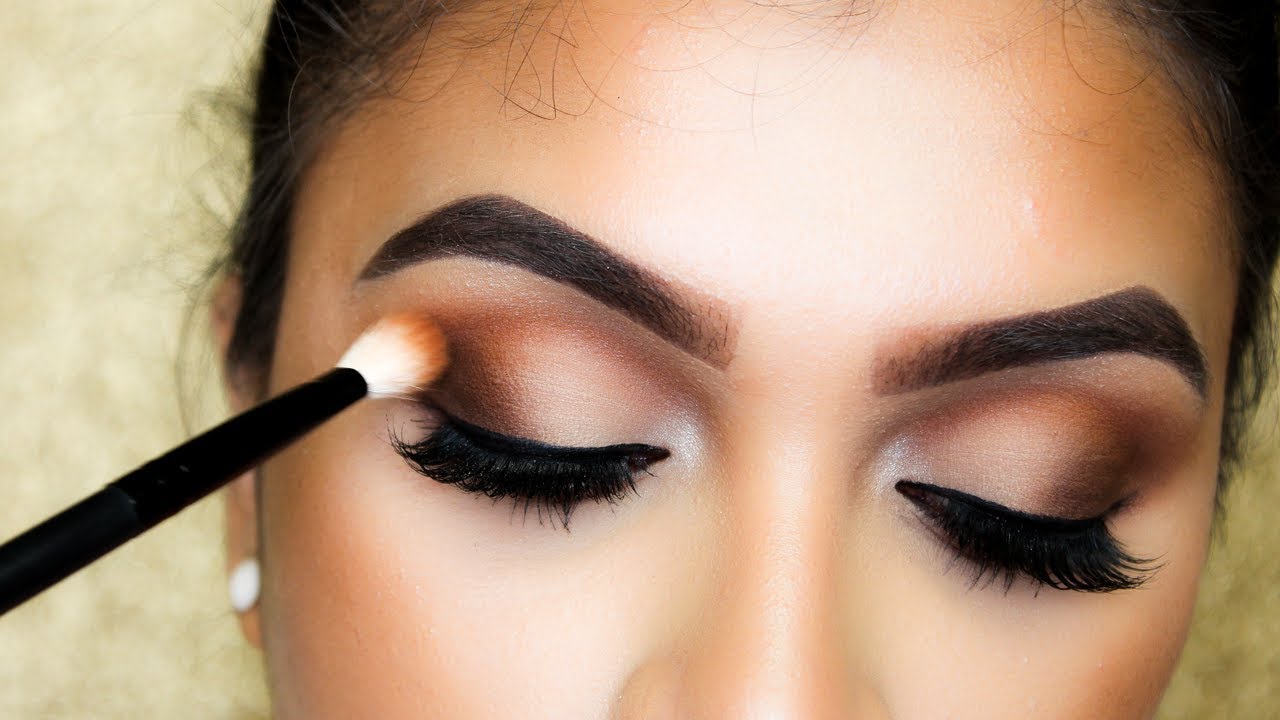
How to Apply Eyeshadow: The Techniques
Knowing the different types of eyeshadow is only the first step. To create an eye-catching look, it’s important to apply your eyeshadow properly. Here are the most common techniques for applying eyeshadow:
1. The Basic Eyeshadow Application
Start by applying a primer to your eyelids to ensure the eyeshadow stays in place throughout the day. Next, follow these steps:
- Step 1: Apply a neutral eyeshadow shade all over the eyelid as a base color. This helps create an even canvas.
- Step 2: Use a darker shade in the crease of your eyelid to define the eyes. Blend it well to avoid harsh lines.
- Step 3: Apply a light, shimmery shade to the inner corners of the eyes and along the brow bone to highlight and open up the eyes.
- Step 4: Finish off with mascara to lift and define your lashes.
2. Smoky Eye
A smoky eye is one of the most dramatic eye looks you can create with eyeshadow. It involves using dark eyeshadows, typically black, gray, or deep brown, and blending them into the eyelid and under the lower lash line for a sultry, smoldering effect.
- Apply a base color to the lid.
- Use a dark eyeshadow along the lash line and blend it upward.
- Smudge the eyeshadow along the lower lash line to create a smoky effect.
3. Cut Crease
The cut crease technique involves applying a sharp, defined line of lighter eyeshadow in the crease, creating a stark contrast between the lid and the crease.
- Begin with a transition shade in the crease to create depth.
- Use a small brush to apply a concealer or light-colored eyeshadow to the crease area, creating a defined line.
- Blend the edges for a seamless look.
4. Halo Eye
The halo eye technique creates a spotlight effect in the center of the eyelid. This technique uses darker shades on the inner and outer corners of the eyelid, leaving the middle part of the eyelid brighter.
- Apply a darker shade on the inner and outer corners of the eyelid.
- Place a bright or metallic shade in the center of the eyelid to create the halo effect.
5. Monochromatic Eye Look
For a simple yet stunning look, you can use a single eyeshadow color and apply it all over your eyelid, crease, and even lower lash line for a cohesive, monochromatic look.
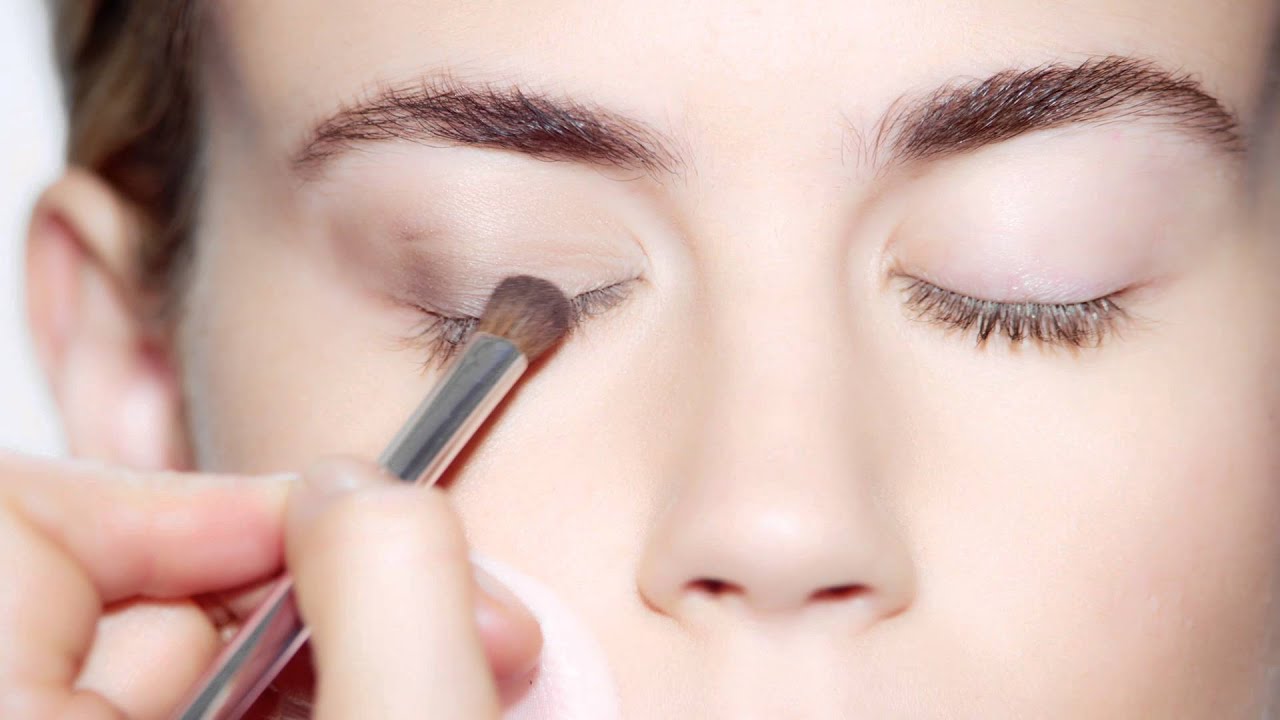
Tips for Perfect Eyeshadow Application
- Use the Right Tools: Invest in good-quality brushes and tools for smooth and precise application. A flat shader brush is perfect for applying eyeshadow to the eyelids, while a fluffy blending brush will help you blend out harsh lines.
- Prime Your Eyelids: Eyelid primers create a smooth base, prevent creasing, and help your eyeshadow last longer.
- Layer Gradually: Build up the intensity of your eyeshadow by layering it in small amounts. This allows for better control over the application and a more natural look.
- Blend, Blend, Blend: Blending is key to achieving a flawless eyeshadow look. Use a clean blending brush to soften any harsh lines.
- Choose the Right Shades: Consider your eye color when choosing eyeshadow shades. Browns and golds enhance blue eyes, purples and plums are great for green eyes, and warm tones like oranges and reds work well with brown eyes.
- Finish with Eyeliner and Mascara: Eyeliner defines the eyes and helps the eyeshadow pop. A coat of mascara adds volume and length to your lashes, completing the eye look.
Conclusion
Eyeshadow is a powerful tool that allows you to express creativity, enhance your features, and transform your overall look. Whether you’re aiming for a natural daytime look or a bold evening statement, there’s a type of eyeshadow and technique suited to every style. By understanding the different formulas, application methods, and tips for success, you can master the art of eyeshadow and unlock endless possibilities for stunning eye makeup. So, get experimenting, have fun, and let your eyes do the talking!
